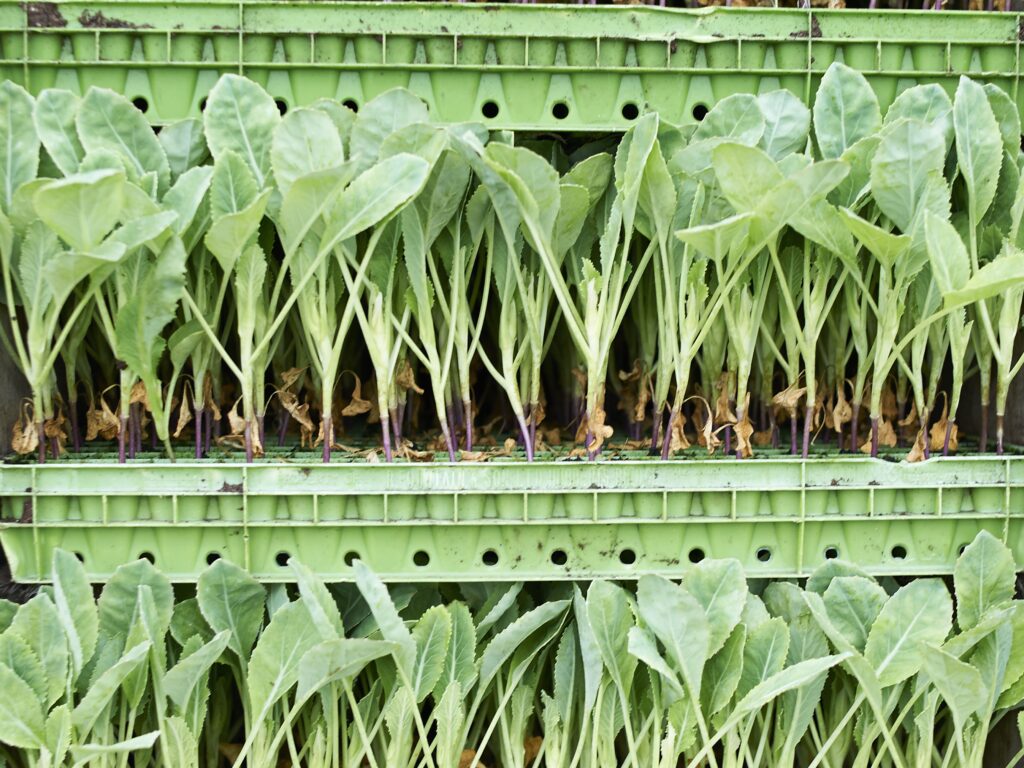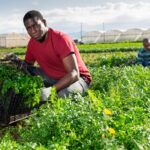The best kind of independence and security you can have is food security. Growing what you need right in your backyard, kitchen garden, or even indoors can make you feel empowered and reduce your dependence on expensive produce.
Indoor farming functions on the concept of utilizing indoor spaces for growing fresh vegetables, microgreens, herbs, and even flowering plants by leveraging the power of technology.
The concepts of aeroponics, hydroponics, soil-based & hybrid indoor cropping are rapidly catching people’s interest because of their high yield and relatively simpler management.
According to Mordor Intelligence, the indoor farming market is estimated to grow at a CAGR of 8.1% over the forecast period of 2022-27 – a statistic that is quite encouraging.
Here’s all you need to know to get started.
Selecting the Right Production Method
Today, many growers practice Urban Farming, where they use modern methods to maximize yields from smaller areas and try to grow crops indoors. There are various ways in which you can increase crop production. Some of them are Deep Water Culture, Nutrient Films, Media Beds, Aeroponics, Hydroponics, etc.
The method best suited for your space depends on the area you designate for cropping, the kind of crop you wish to grow, and the investment (time and money) you want to put into it. Lighting and water requirements are also some factors to consider when selecting a suitable production method.
Setting up Lighting
Setting up the right kind of lighting for your indoor farming system is essential to maximize the production and quality of crop yield. For example, hydroponics systems need a longer duration of artificial light – about 14 to 16 hours a day, while aquaponics would need about 13 hours of natural light.
The requirement is different for each system, so set up your indoor farm at a place where the surroundings can help meet its lighting requirements.
Gathering Tools
Nobody can professionally farm without the right tools. When researching urban farming methods, look up the tools you require to keep it functioning well. If opportunity allows, get some training to handle minor repairs or modifications yourself. It can help you figure out how to tweak the system for the best results.
Getting the Crop and Seeds
Once the setup is complete and the indoor plantation system achieves the recommended status (like required in hydroponics), you can start planting. Depending on what you are planning to grow, some crops need to be grown from seed, while some can be grafted. Acquire the starter sapling/leaf/seed/root, etc., and begin planting.
Monitoring and Maintenance
Once the planting is complete, all that remains is ensuring the health of the crop and the system. Monitor the status of your crops and indoor farming setup to see whether it performs as it should. If needed, acquire fertilizer or growing aid to help the saplings. Some indoor plantation systems need special fertilizers, like in hydroponics. Also, create schedules for every aspect of the plant’s health supervision.
Indoor farming can sound daunting at first, but you’ll ease into it once you grow familiar with the process, systems, and plants.











